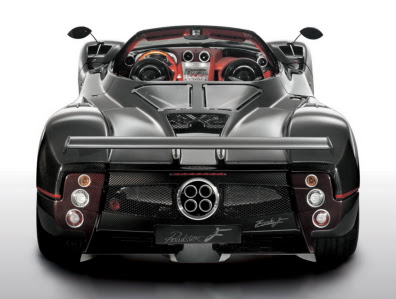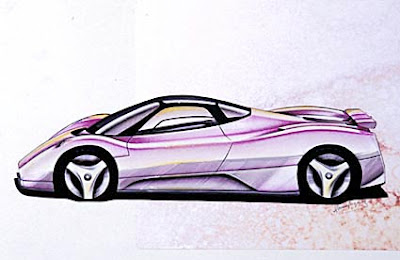Quote:
Originally Posted by trebuchet03

It's even more simple than that.... You want your pressure differential (front versus back) to be as close to zero as possible  |
I seem to have over-evaluated the problem, which, if you talk to my friends, is quite common for me. I analyze things entirely too far... back to the point.
If you were to use a simple pressure analysis tool to check the vacuum at the tail of a vehicle in real time (read: water in a tube.), one could effectively determine the effect of adding pressure to that area.
I would guess that the highest rate of airflow would be at the absolute top, bottom, and sides of the wake, while the lowest pressure overall would be the area absolutely furthest from the movement of air (most central area, closest to the object).
Keep in mind, that is only a guess, and could very well be incorrect.
I'd be willing to bet that introducing some flow into the lowest pressure area would definitely interfere with the wake, and might smooth airflow so as to gain a positive result.
Once again, speculative, but I believe this may have been a consideration in designing the Pagani Zonda S.
Pics:
Zonda C12, introduced in 1999:

Zonda F, introduced 2005:

It appears quite aero to begin with, doesn't it?
For kicks, one of the first concept drawings of the Zonda:

This is taken from a post on SuperCars.net:
Zonda F: 1kg of downforce at the front / 25kg of downforce at the rear
Drag Coefficient: .36
No idea how accurate it is, I can't find the information right off.